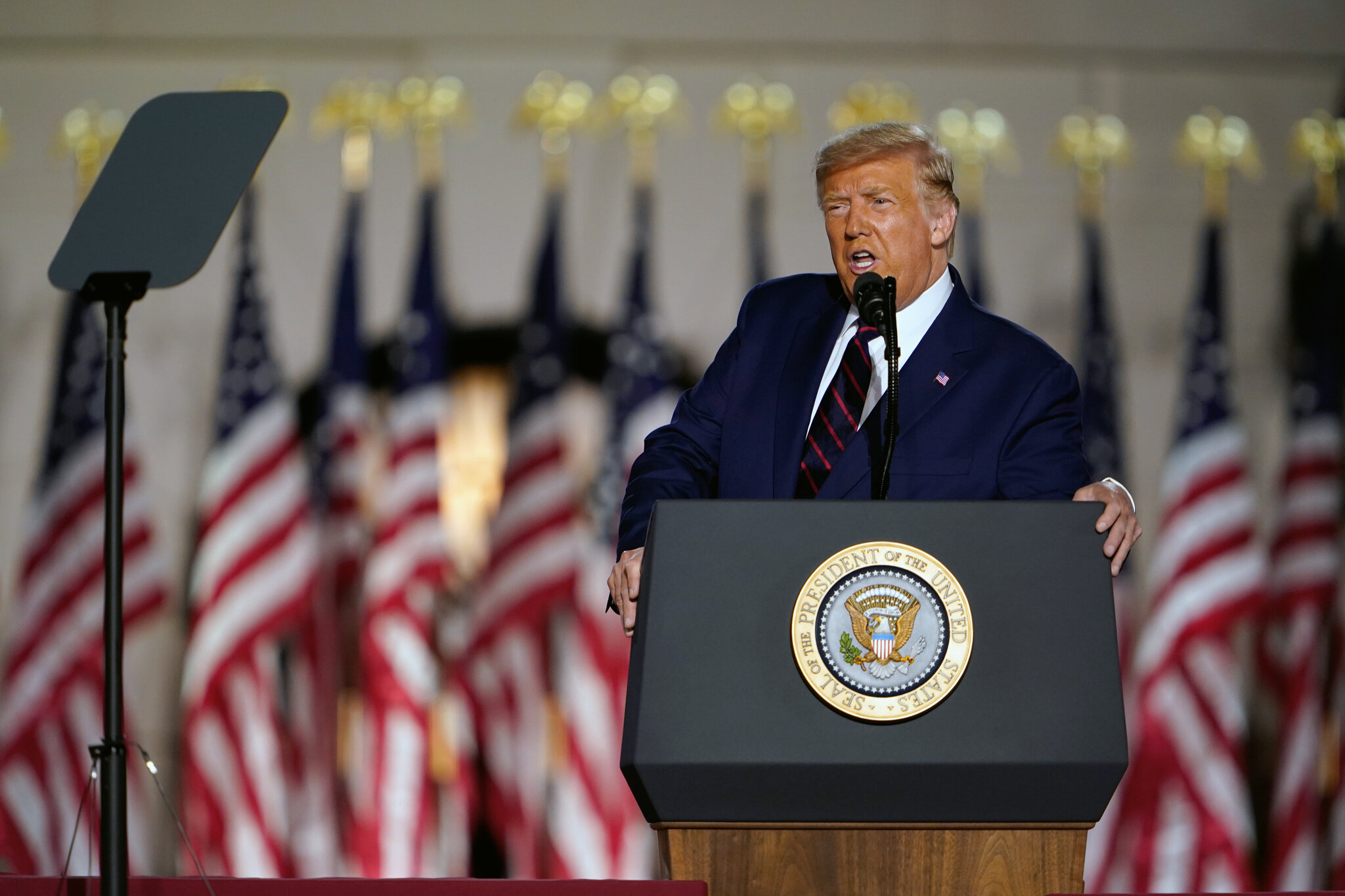I think by now, we can all agree that the era of US dollar being literally on top of the world is coming to an end. It is inevitable. And although a lot of people are eagerly anticipating it, we have neglected to fathom the real effects of a truly weak US dollar to our global economy.
I think it’s time we talk about that, guys. Okay? So, get this. The US dollar has been showing a surprising strength against these fears, especially with recent economic updates. The insufferably-resilient currency’s performance contradicts the gloomy forecasts [and expectations].
Despite the upward pressure from inflation and geopolitical tensions, the dollar has not shown signs of weakening. This week, as expectations for Federal Reserve rate cuts receded in light of high inflation, the dollar actually strengthened.
I mean, typically, a currency weakens under such inflationary fears, but my girl literally did the opposite, signaling strong economic prospects compared to other nations.
The Dollar’s Safe Haven Status
During recent times of financial and geopolitical stress, the US dollar has proven its resilience as a safe haven, maintaining or increasing its value even during internal crises like threats of a US government default in the debt-ceiling debates of 2021 and 2023.

Amid rumors of a new Trump administration, there has been talk of using dollar devaluation strategies to shrink the trade deficit, particularly with China. Now this is a tactic that echoes past currency wars.
However, similar actions in Trump’s first term, including tariff impositions and accusations of currency manipulation against China and Vietnam, had little impact on the overall trade balance or the dollar’s dominant role in international banking and payments.
So… ya know.
The Trump administration saw the dollar strengthen, contrary to what one might expect from trade tariffs. According to economists Olivier Jeanne and Jeongwon Son, Trump’s tariffs, averaging 15% on imports from China in 2018-19, led to a 7% depreciation of the renminbi against the dollar, indirectly boosting the dollar’s value.
Trump’s Impact on Currency Policy
The way I see it is, any efforts by Trump to directly weaken the dollar would face major challenges. Unless there’s a dramatic shift in Federal Reserve policy or major international currency intervention—both unlikely—significant depreciation isn’t on the cards.
Moreover, international pleas for cooperation on currency matters, a stark contrast to the global goodwill enjoyed by Barack Obama’s administration, are likely to fall on deaf ears given past failures to achieve such agreements at forums like the IMF and G20.
Despite some bilateral deals to sidestep US sanctions, the dollar has remained central to global finance. This enduring strength suggests that even with a potentially chaotic Trump administration, the fundamental integrity and confidence in the dollar are unlikely to be fundamentally shaken.
In recent developments, major Asian currencies like the South Korean won, the Japanese yen, and China’s renminbi have shown fluctuations against a strengthening US dollar, according to the Financial Times.
This resurgence has prompted interventions and close consultations among finance ministers and central bankers in Asia and the US, acknowledging the challenges of a strong dollar on their economies.
The stronger dollar also complicates the economy for countries with dollar-denominated debts, increasing the financial burden and posing tough decisions about intervening in currency markets to prevent capital flight, as seen recently in Indonesia.
Overall, the US economy [unfortunately] continues to display strong growth despite Federal Reserve rate hikes, with robust investments and a flourishing tech sector attracting global capital. This economic vitality keeps pushing the dollar index higher.





